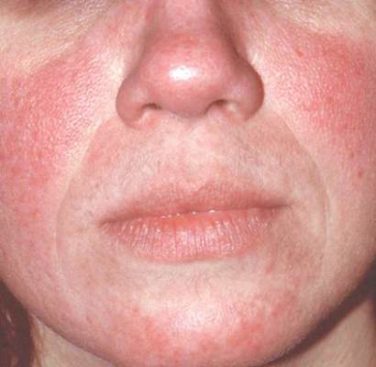AT WDC 2015
VANCOUVER (FRONTLINE MEDICAL NEWS) – Fillers can greatly improve the age-related effects of atrophy of subcutaneous fat of the central forehead and temples, where volume loss can create an unhealthy or even skeletal appearance, according to Dr. Tatjana Pavicic.
However, dermatologists in Western countries often neglect to use fillers in the forehead and temples, said Dr. Pavicic, whose private practice in Munich specializes in cosmetic surgery and aesthetic procedures. They can learn from their colleagues in eastern Asia, where a “high, gently curved, round, or even slightly protruding forehead” is traditionally a sign of wealth, and the forehead and temples are among the most popular sites for fillers, she noted in a presentation at the World Congress of Dermatology.
Restoring volume to the central forehead and temples can shave years off patients’ appearance, but clinicians should be mindful of anatomy and use proper tools and techniques when filling these areas, Dr. Pavicic emphasized. Otherwise patients can suffer serious adverse effects , including tissue necrosis or even permanent blindness as a result of filler entering the vasculature, she said. Likewise, because the bone at the temples is thin, clinicians must be especially careful not to penetrate it. Dr. Pavicic noted that there has been at least one case in Europe of intracranial injection of filler associated with treatment of the temples.
Dr. Pavicic offered several tips for optimizing cosmetic results and keeping patients safe when filling the temples and forehead. For white patients, the cosmetic goal is to neutralize age-related concavities, while for Asian patients, it is to restore lost convexity, particularly of the forehead, she noted.
When treating the forehead, Dr. Pavicic said she places filler above the frontal bone at the subfascial level. For deep injections, the needle should be “really on the bone,” she noted. Inject small boluses of filler instead of a single large bolus, and aspirate back before injecting filler to ensure that needles are not intravascular, she said.
If using the blunt cannula technique, the cannula must be stiff enough to achieve good control – Dr. Pavicic recommends using a 22-gauge – and it should be placed into the medial and central fat pads of the forehead.
For superficial filler injections of the temples, Dr. Pavicic introduces the cannula at the zygomatic arch instead of trying to clean behind the hairline. She also recommended warning patients that the superficial veins in their temples might be more prominent for about a week after treatment. “Otherwise, they will call you in shock,” she said.
Regardless of the filler technique or the site in question, always use a high-quality product that exhibits good moldability, Dr. Pavicic concluded.
She reported having advisory or consulting relationships with Merz Pharmaceuticals, Dermaceutica, Eucerin, Galderma, and Ulthera, and receiving research support from Bayer and Ipsen.




